With Singapore experiencing record high temperatures in recent years, shifting weather patterns – such as rising temperatures and more intense rainfall – are a reminder of the growing impact of climate change. For some, this personal experience sparks a passion that evolves into a professional calling to work towards achieving net-zero emissions by 2050.
Addressing the urgent need for climate action while managing the country’s rising energy demands presents a significant challenge. Analyst Ms Cheryl Chan, 25, and Principal Analyst Mr Kannan Arunachalam, 33, from the Energy Market Authority (EMA)’s Energy Connections Office (ECO) are leading efforts to implement one of the four key strategies to transition to a sustainable energy future. Their focus is on the ‘regional power grids’ switch, where Singapore aims to import around 6 gigawatts (GW) of low-carbon electricity – one-third of Singapore’s energy requirements – by 2035.
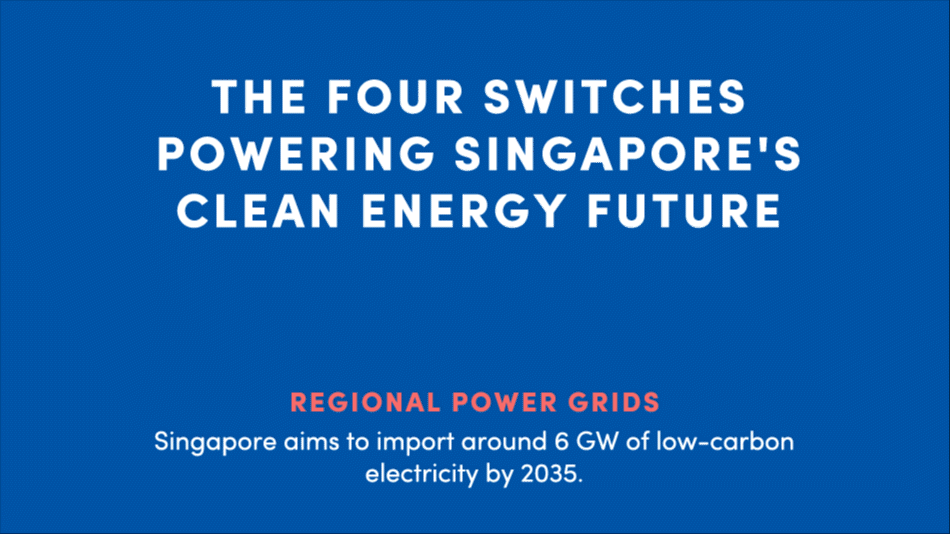
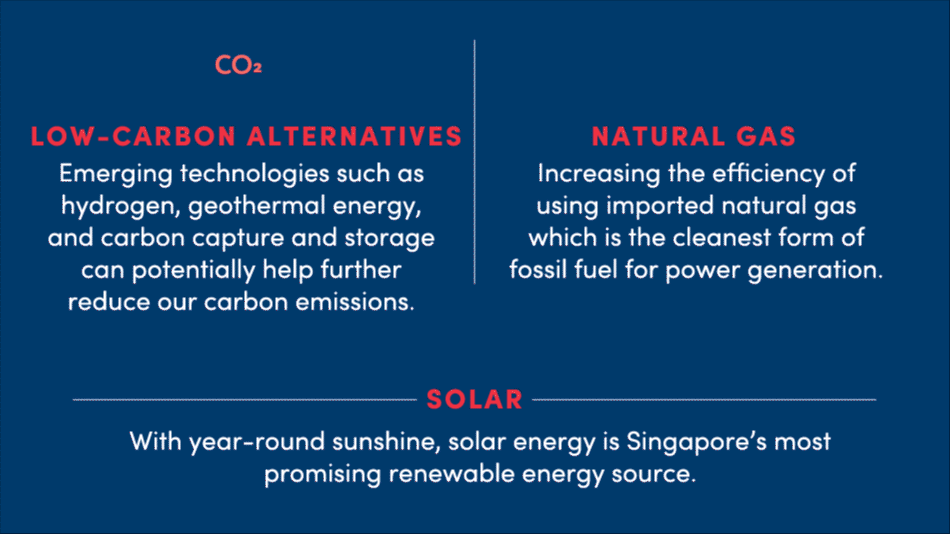
IMPORTING LOW-CARBON ELECTRICITY FROM THE REGION
The Asia-Pacific region boasts an abundant range of renewable energy resources such as solar, wind, hydropower and geothermal energy. However, renewable energy, unlike fossil fuels, is not uniformly available. Some countries have vast tracts of land for solar panels or stronger winds, while others simply do not have such resources. A regional power grid allows countries blessed with abundant renewable resources to export their resources, ensuring a steadier, more reliable energy supply across the grid. Collaborating with neighbouring countries allows Singapore to tap into this potential.
“The reality is that we do not have the space required for large-scale renewable energy generation. We have to explore new technologies and renewable energy sources outside the country,” explained Ms Chan.
Working in tandem with Ms Chan’s team, Mr Kannan is excited with the economic prospects of regional power grids. When countries trade electricity with one another, it encourages investments in renewable energy infrastructure and catalyses new growth opportunities in areas such as smart grid and energy storage systems. At the macro level, this helps to speed up the shift towards cleaner energy while also supporting economic growth in the region. “New markets are created and the region benefits as a whole,” he noted.
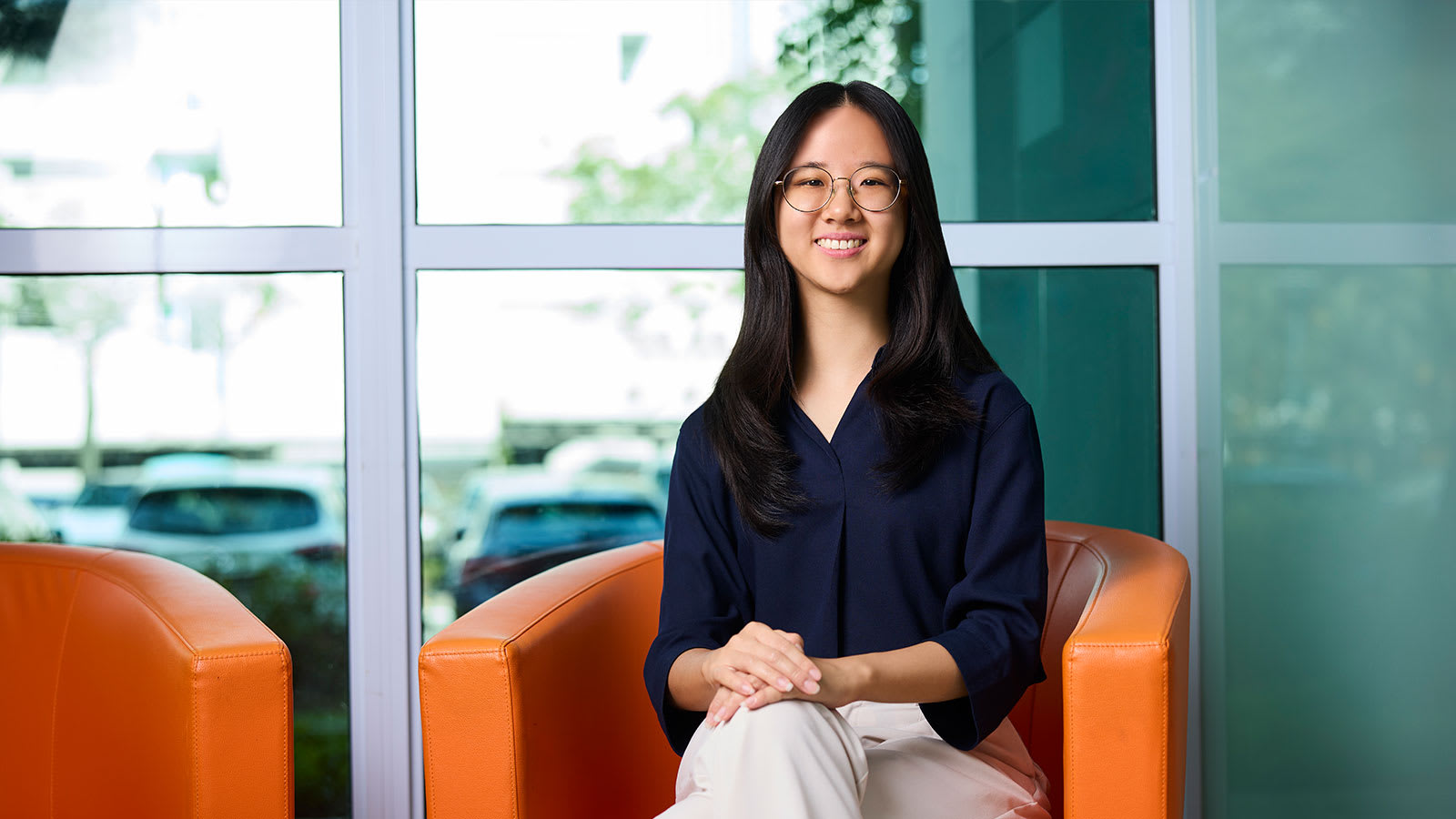
FROM INSPIRATION TO ACTION: A CAREER DEDICATED TO COMBATING CLIMATE CHANGE
Ms Chan and Mr Kannan have been working to bring in electricity imports for the past two years. Ms Chan was delighted when she landed the job at EMA in June 2023, which has allowed her to contribute positively to Singapore’s journey in sustainability, a passion she developed in secondary school. A simple rewatch of WALL-E, a Pixar animation depicting an uninhabitable and deserted Earth resulting from the actions of humans, had spurred Ms Chan down the path of environmental research. From rapidly rising sea levels to raging wildfires, it became evident to her that the dystopian future shown in the film could very well become a reality. Ms Chan felt a deep, personal responsibility to take action. While it has been a steep learning curve, the trust and patience from supervisors and mentors have helped the materials science and engineering graduate build a strong foundation in the field.
Working together with her colleagues, she liaises closely with other departments and external agencies to identify suitable land to house imports-related infrastructure, as well as develop regulatory frameworks and policies needed for electricity imports. The role of the team, she emphasised, is crucial as they plan and develop import infrastructure to ensure the reliable delivery of electricity supply from the source countries.
A memorable highlight of her career was when she had the opportunity to personally experience how renewable energy could be integrated into daily living. “We visited the Srinagarind Hydroelectric Dam, a hydropower project in Thailand. During the same trip, the team stayed in accommodations that were entirely powered by solar energy,” recalled Ms Chan.

A chemical engineering graduate, Mr Kannan has worked at EMA for the past seven years, including as an engineer in EMA’s Energy Technology Department. His interest in energy started with a pre-university internship at EMA on carbon capture, utilisation and storage, where he gained insights into the strengths and challenges of various energy technologies and how these could be adapted for Singapore.
With a master’s degree in economics, Mr Kannan now looks at evaluating import proposals in his role at ECO. He assesses their viability for Singapore and works with various stakeholders to overcome technical and commercial challenges to support promising projects. His engineering background aids in understanding the technical aspects of renewable interconnector projects.
His role takes him around the region, where he engages with project developers, external consultants and teams within EMA to assess and improve project commercial and technical viabilities, and refine regulatory frameworks and policies to facilitate electricity imports. He also meets regularly with original equipment manufacturers to better understand technical requirements and the ever-evolving market landscape.
LAYING THE GROUNDWORK AND NAVIGATING CHALLENGES
Both Ms Chan and Mr Kannan are enthused that there has been strong industry interest in electricity imports since 2021. As of January 2025, conditional approvals have been granted to 10 projects to import low-carbon electricity from Cambodia, Indonesia and Vietnam, with the latest approval for 1.75GW of solar power from Australia. Five of these projects made substantive progress and were awarded Conditional Licences in September 2024.
However, they conceded that importing electricity is not without challenges. For instance, unlike in Europe, there is a lack of large-scale cross-border clean electricity trading within ASEAN.
“Thankfully, we have begun some work to address this. For example, we are working with our regional counterparts to help create the necessary frameworks for cross-border electricity trade, Renewable Energy Certificates (RECs), subsea power cables, etc. We are trying to draw references from interconnector projects in other parts of the world, especially Europe, as well as from the telecoms sector which also deals with submarine cables,” Mr Kannan explained.
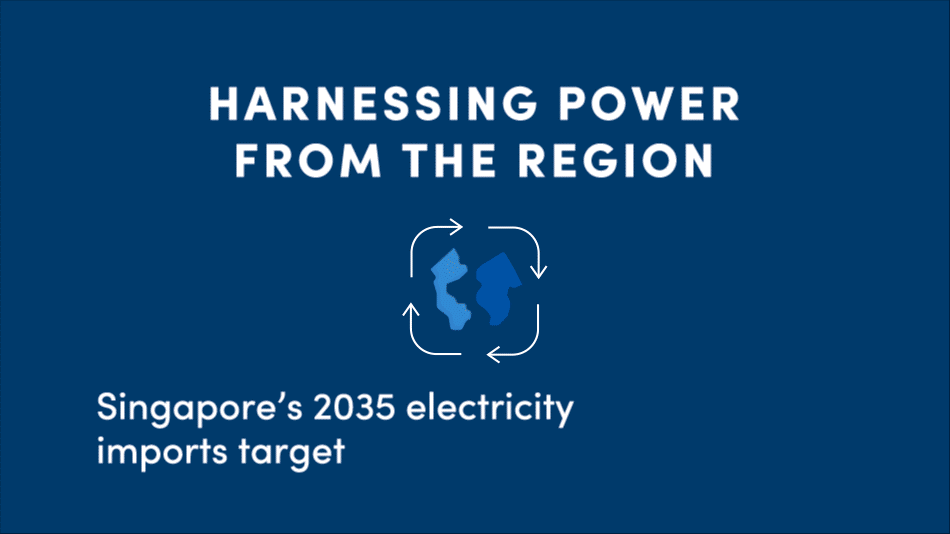
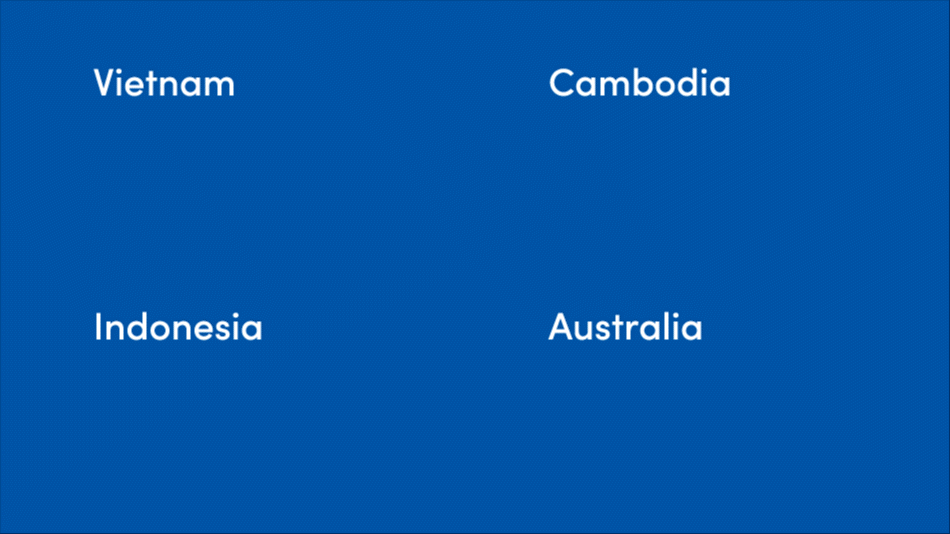
An ASEAN power grid has long been in the works. Significant progress was made in 2022 with the commencement of the Lao PDR-Thailand-Malaysia-Singapore Power Integration Project, which is Southeast Asia’s first multilateral cross-border electricity trading of up to 100 megawatts (MW) of renewable energy from Lao PDR to Singapore. More recently, a second phase is underway where the electricity traded would increase to a maximum of 200 MW, thanks to the multi-directional power trade where the additional supply would come from Malaysia.
Ms Chan outlined the importance of having the critical infrastructure to support such a project. This includes having to install offshore subsea power cables to transport electricity from the source countries to Singapore. These offshore cables then need to be connected to land-based cables to supply electricity to the national power grid for distribution to consumers.
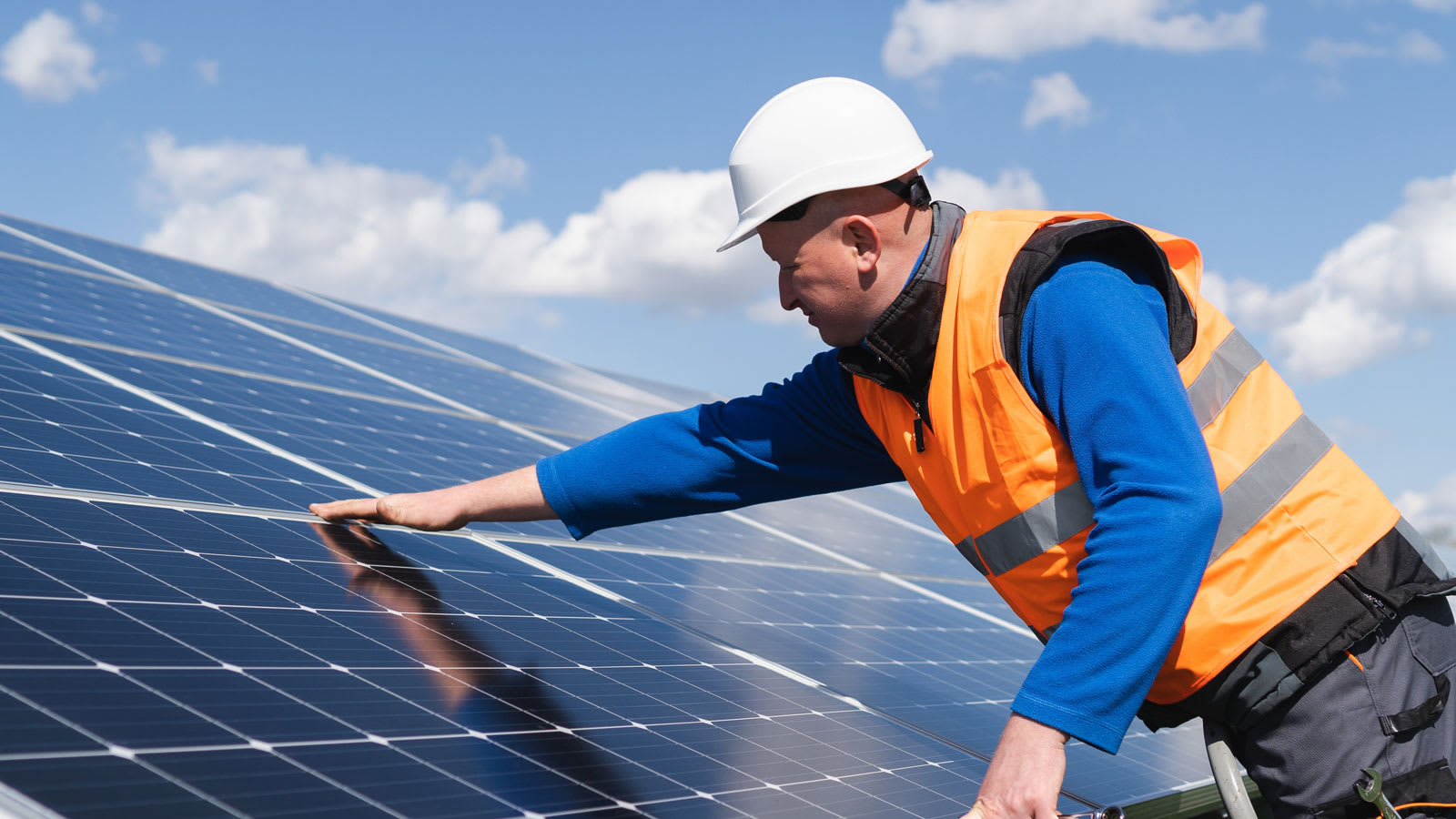
“Sufficient landing sites are needed to house the infrastructure to receive, convert and distribute the incoming power. This requires careful planning to deconflict with other land uses, without compromising other developments,” said Ms Chan.
To overcome this challenge, EMA works closely with power grid operator SP Group and electricity importers to ascertain the infrastructure required to import electricity into Singapore. “Our goal here is to ensure that the assets meet our standards and do not end up posing a risk to our power grid stability or the reliability of electricity supply to consumers,” explained Ms Chan.
Is Singapore overly reliant on other countries for its energy needs? This is a common concern when discussing electricity imports. Both Ms Chan and Mr Kannan were quick to point out that while there could be geopolitical and supply chain risks, Singapore will continue to diversify its energy sources to safeguard its energy security and resiliency. This includes the import of low-carbon electricity.
“As part of our energy diversification strategy, we look at various import sources rather than just a single source. We also have various measures in place to mitigate the risks,” affirmed Ms Chan. A key ingredient, she pointed out, is also the need for strong and clear government policies and regulations.
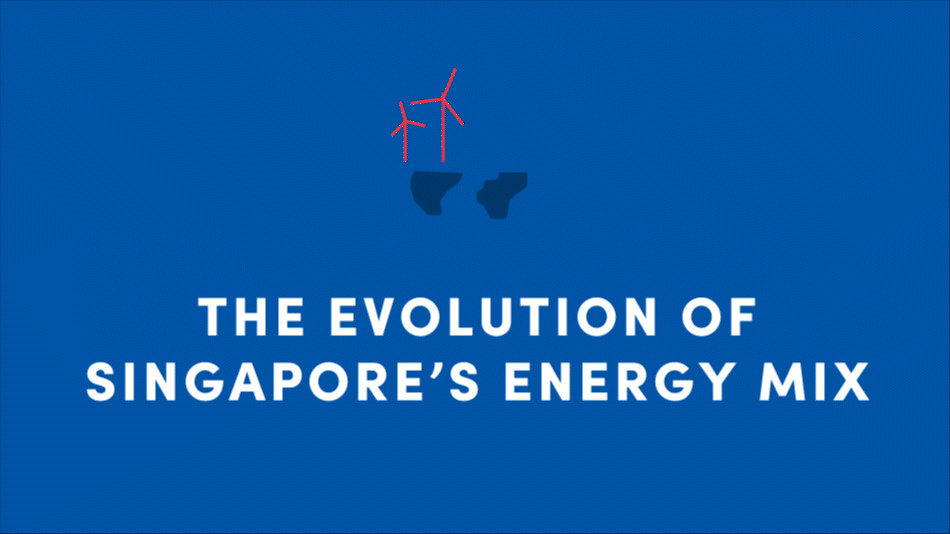
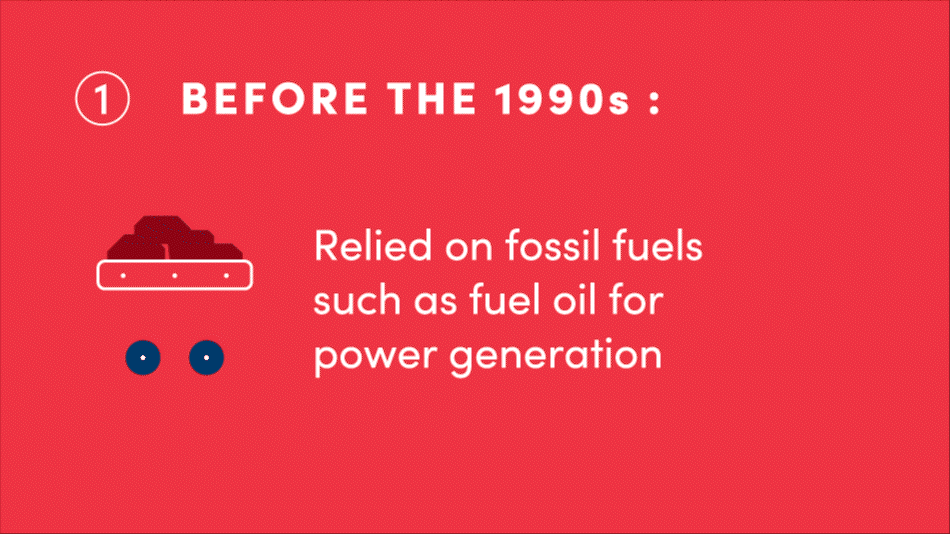
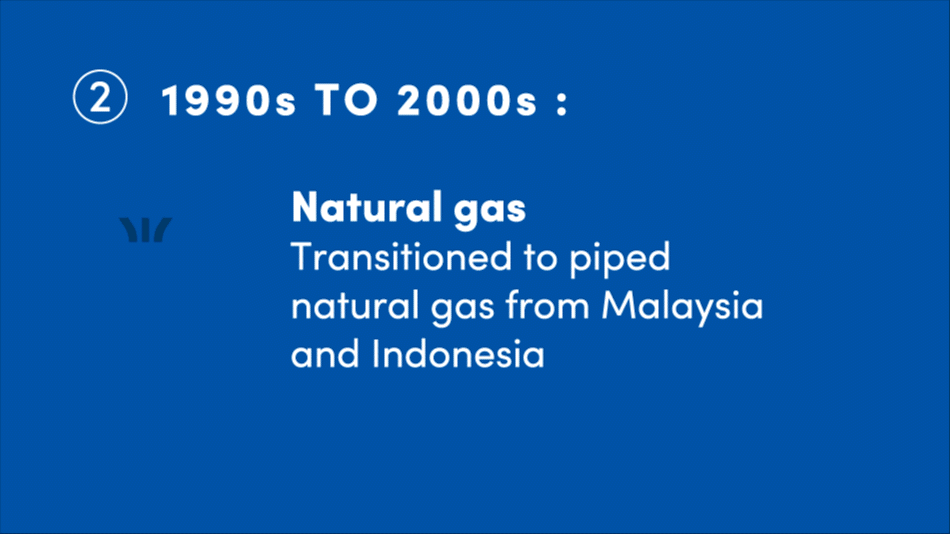
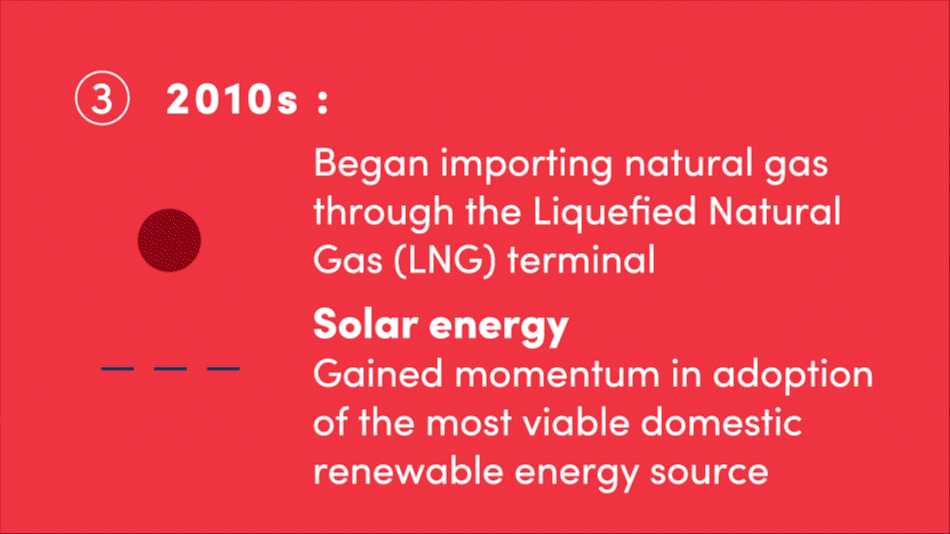
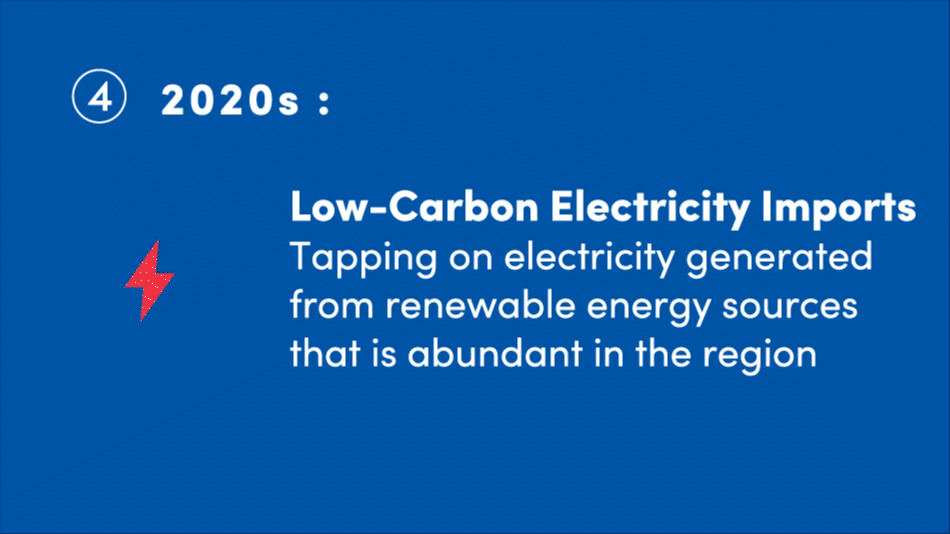
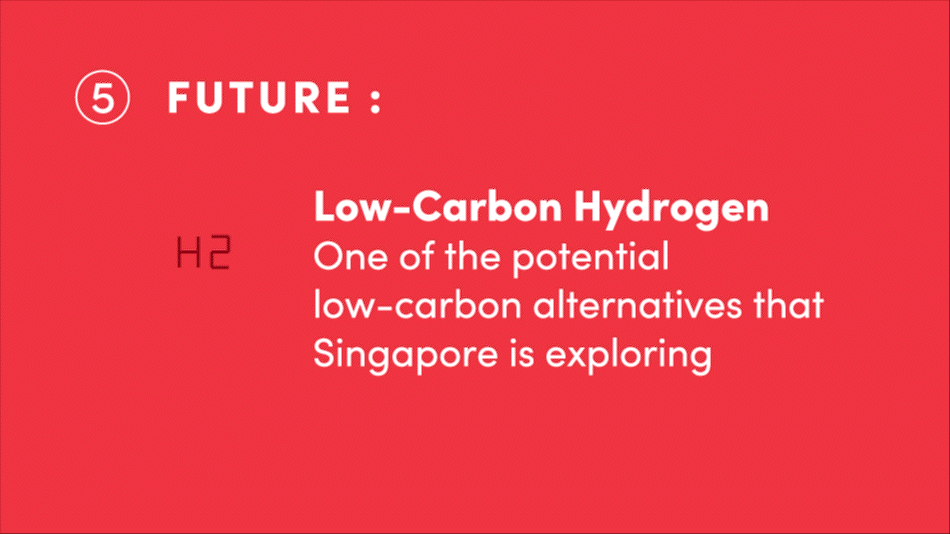
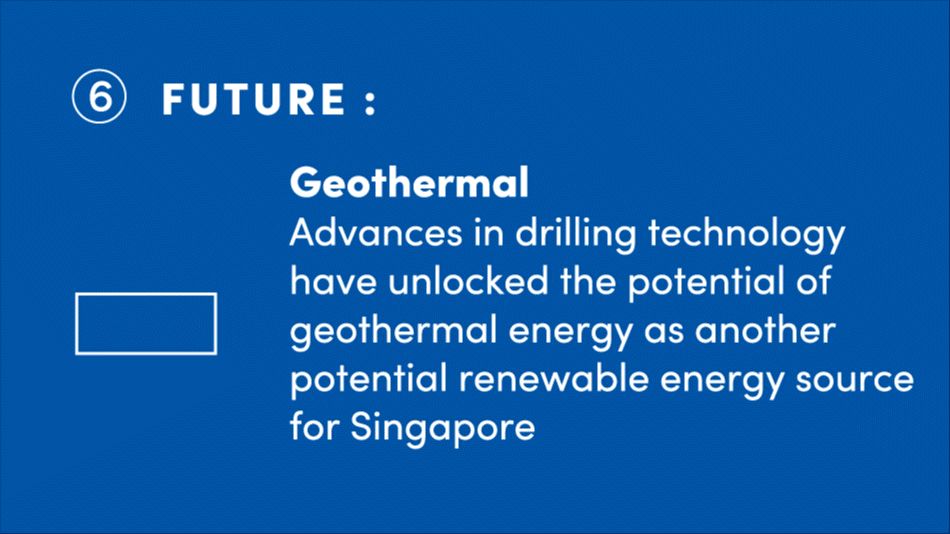
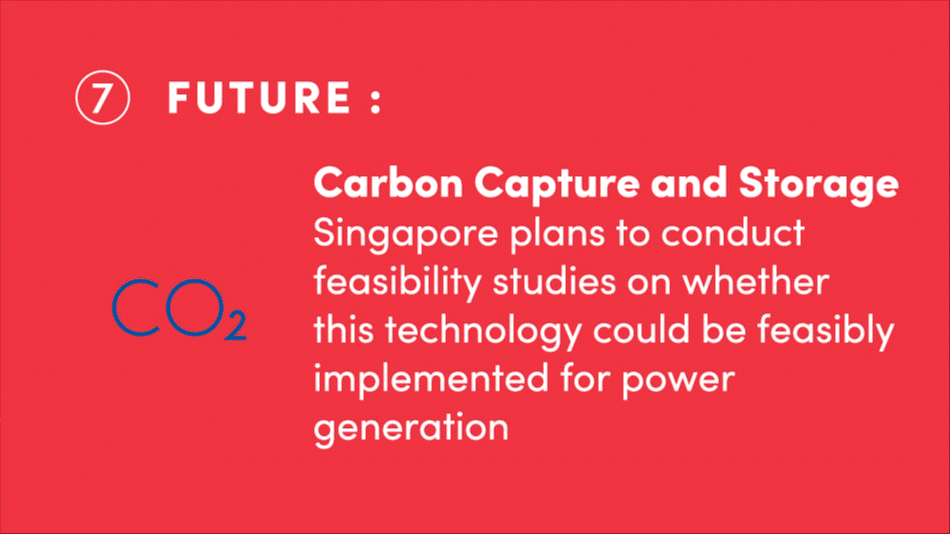








THE FUTURE IS A RENEWABLE-POWERED WORLD
Tackling climate change requires global collaboration. Regional power grids represent such collaboration to facilitate as well as accelerate the region’s energy transition. Working tirelessly at EMA to make regional power grids a reality, Ms Chan and Mr Kannan are putting into motion the collective resolve of Singaporeans young and old, to embrace a greener future for the region.













